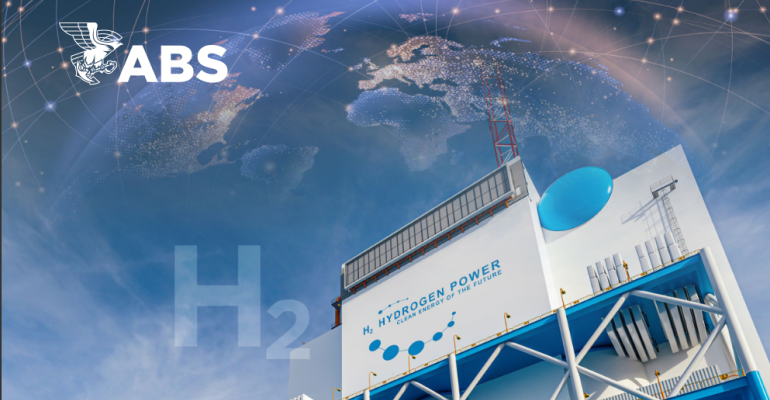The analysis looks at the market drivers for the use and production of green hydrogen in the maritime industry, technologies and technical challenges, risks, and current and planned projects.
Citing forecasts from the Energy Transitions Commission (ETC), ABS said that green hydrogen is expected to be cheaper than blue hydrogen in some areas by 2030 and in most of the world by 2050. In April 2021, green hydrogen cost between $3 and $6.55 per kg, compared to between $1.30 and $2.90 per kg for blue hydrogen.
“As the technology and infrastructure develops, by 2030 green hydrogen is expected to drop in price to around $2.00 per kg in most regions with lows of $1.00 per kg in especially favourable regions,” said the whitepaper. Electrolyzer prices will need to fall significantly for green hydrogen to be economically competitive, it added.
Government incentives like tax credits and carbon taxes could help incentivise the adoption of green hydrogen, perhaps even driving oil and gas majors to develop green hydrogen divisions.
Offshore wind turbines are the simplest source of energy for offshore green hydrogen production, said the analysis, and so initial developments will be in regions with offshore energy systems such as Northern Europe and China.
“In regions that are already heavily invested in developing renewable energy, hydrogen offers a reliable source of fuel during times where renewable energy alone cannot meet grid demand. The production of green hydrogen is also a useful outlet for the energy generated during times when renewable power production exceeds the grid demand. In transportation and shipping, hydrogen fuel cells and hydrogen-based combustion engines can offer a reliable fuel source that reduces total emissions,” said the whitepaper.
The analysis compared the different types of electrolyzers used in green hydrogen production and their pros and cons, including operating parameters, maintenance requirements, materials demands and complexity of manufacturing. Different positions of the electrolysers relative to the renewable energy source are also compared, including subsea systems.
The whitepaper closes with a list of ongoing pilot projects and planned developments in the area, which it noted were all either early in their pilot phase or in the conceptual design phase.
For its own part, ABS is involved in multiple offshore green hyfdrogen projects, including one with the goal of designing and constructing an offshore platform for green hydrogen production by 2025.
The full ABS whitepaper is available online.
Copyright © 2024. All rights reserved. Seatrade, a trading name of Informa Markets (UK) Limited.
Add Seatrade Maritime News to your Google News feed.  |

